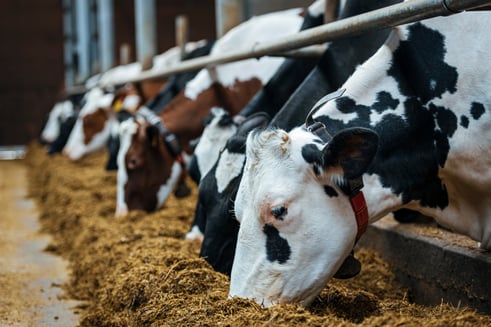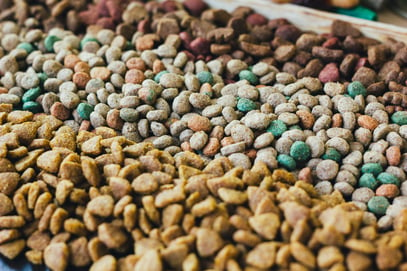FDA Publishes Final Guidance on FSMA-Compliant Food for Animals
On July 6, 2022, the US Food and Drug Administration (FDA) finalized its Guidance For Industry (GFI) #245: Hazard Analysis and Risk-Based Preventive Controls for Food for Animals. According to the FDA this guide intends to assist animal food facilities in developing a food safety plan that focuses on minimizing potential hazards that lead to foodborne illnesses and injury to people and animals.
The guidance document replaces the draft guidance issued on January 23, 2018. It applies to facilities that manufacture, process, pack, or store foods intended for all animal species including food production animals (e.g., cattle, swine, poultry and aquaculture species), companion animals, laboratory animals, and animals maintained at zoological parks.
Specifically the guidance elaborates on:
-
Biological, chemical (including radiological), and physical agents that are known or reasonably foreseeable hazards in manufacturing, processing, packing, and holding of animal food
-
The components of a food safety plan and the importance of each component
-
How to conduct a hazard analysis and develop a food safety plan for animal food production
-
Identifying preventive controls for biological, chemical, and physical hazards associated with animal food and how to apply those preventive controls
-
Preventive control management components (i.e., monitoring, corrective actions and corrections, verification and validation)
-
The recordkeeping requirements associated with a food safety plan and the implementation of a food safety plan.

The FDA outlines the components of a food safety plan, the importance of each element, and how manufacturers should conduct a hazard analysis and develop a food safety plan for the animal food they produce. The FDA recommends that only a Preventive Controls Qualified Individual (PCQI) prepare or supervise the preparation of the food safety plan.
A PCQI is a "qualified individual" who has successfully completed training in the development and application of risk-based preventive controls at least equivalent to that received under a standardized curriculum recognized as adequate by FDA or is otherwise qualified through job experience to develop and apply a food safety system.
Notable Changes to GFI #245
In January 2018, the FDA released draft GFI #245 and received numerous comments from industry stakeholders. While finalizing the current guidance document, the FDA considered these comments, making amendments to particular sections based on stakeholder feedback.
One of the most noteworthy changes is that the FDA has removed Appendix E: "Aid to Identifying Animal Food Hazards" and clarified that not all hazard examples in the guidance apply to all animal foods or all facilities. Using the information in Chapter 3 of the guidance, facilities should determine whether particular hazards are known or reasonably foreseeable for the animal food they produce.

In addition, the FDA provided more information, resources, and examples regarding specific hazards in animal feed, including recalls of animal feed that have taken place since the draft guidance was published. Finally, the FDA has changed its editorial and formatting to improve clarity and consistency.
This FSMA guidance aims to provide detailed information so animal food facilities can identify potential food safety hazards, develop and implement risk-based preventive controls to minimize those hazards, and prevent the introduction of unsafe animal food into the marketplace.
Novolyze offers solutions for the development of food safety plans and verification, validation and monitoring of preventive controls. Contact us to learn more.





